Search

An identification guide for Sunflower Insect Pests in South Dakota
Identification guide to assist with insect identification and management in sunflowers.
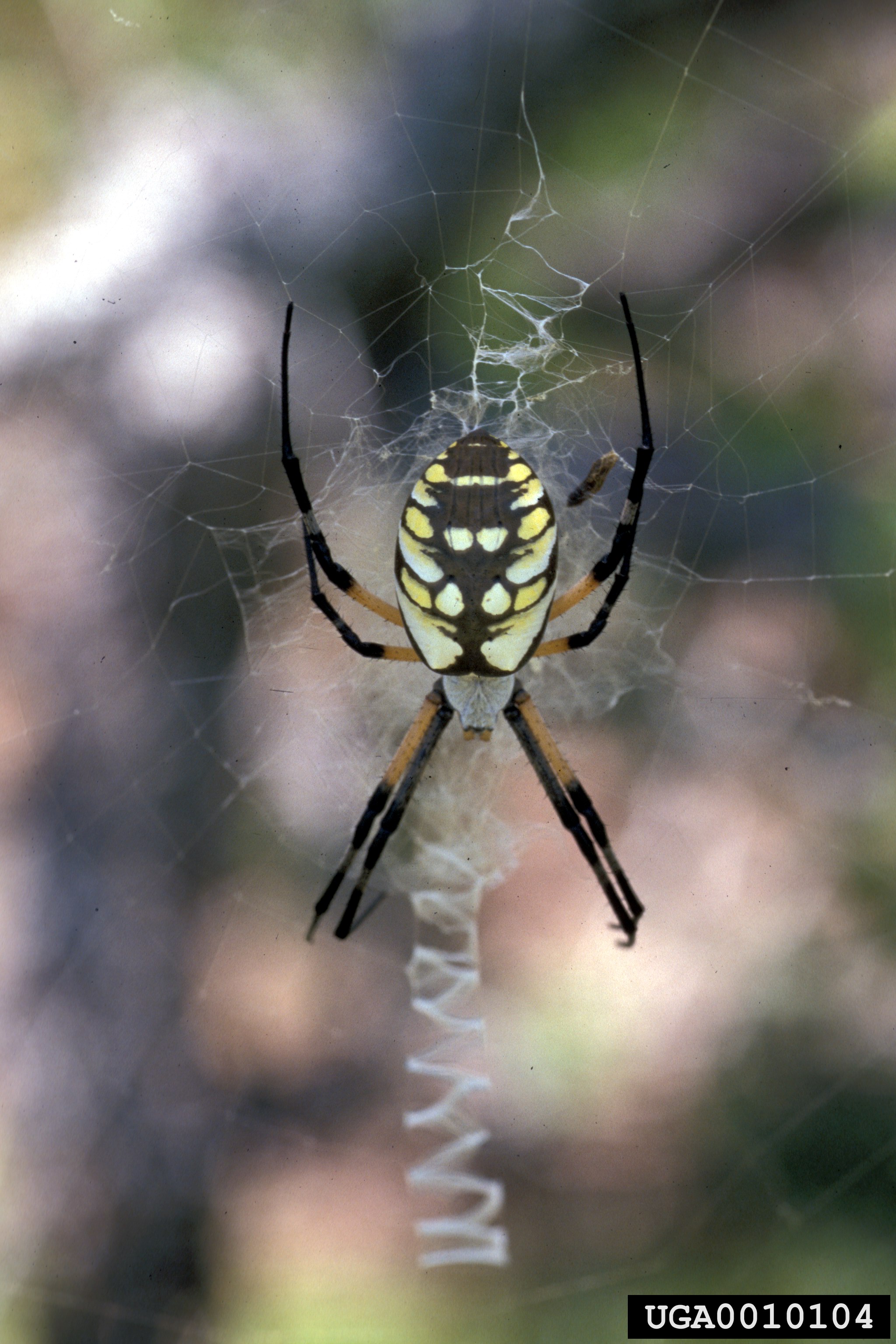
An identification guide for Common Spiders in South Dakota
Identification guide to assist with identification and management of common spiders.
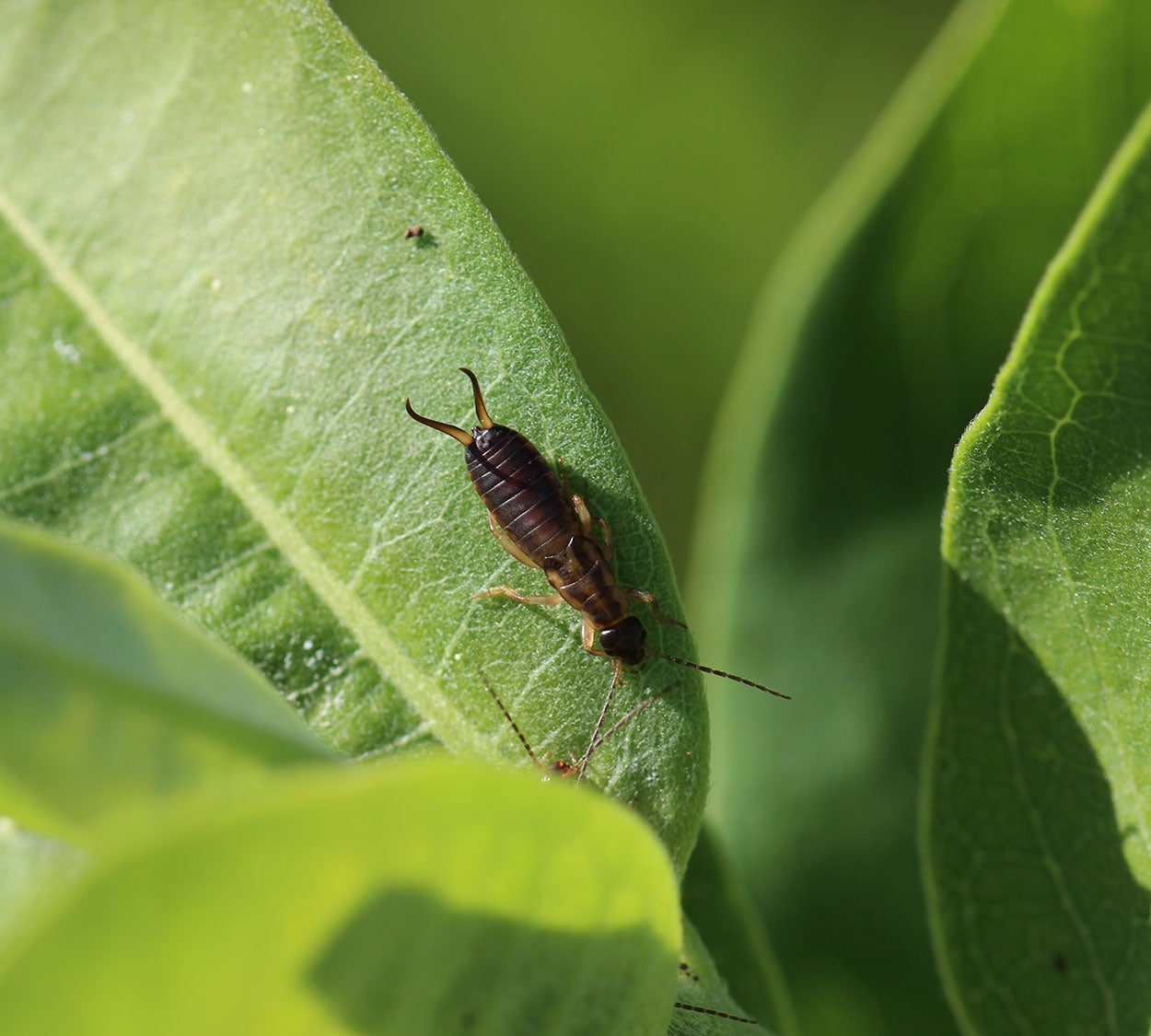
An identification guide for Home and Building Arthropod Pests - Insects, Spiders and Other Invaders in South Dakota
Identification guide to assist with identification and management of home and building arthropod pests (insects, spiders and other invaders).
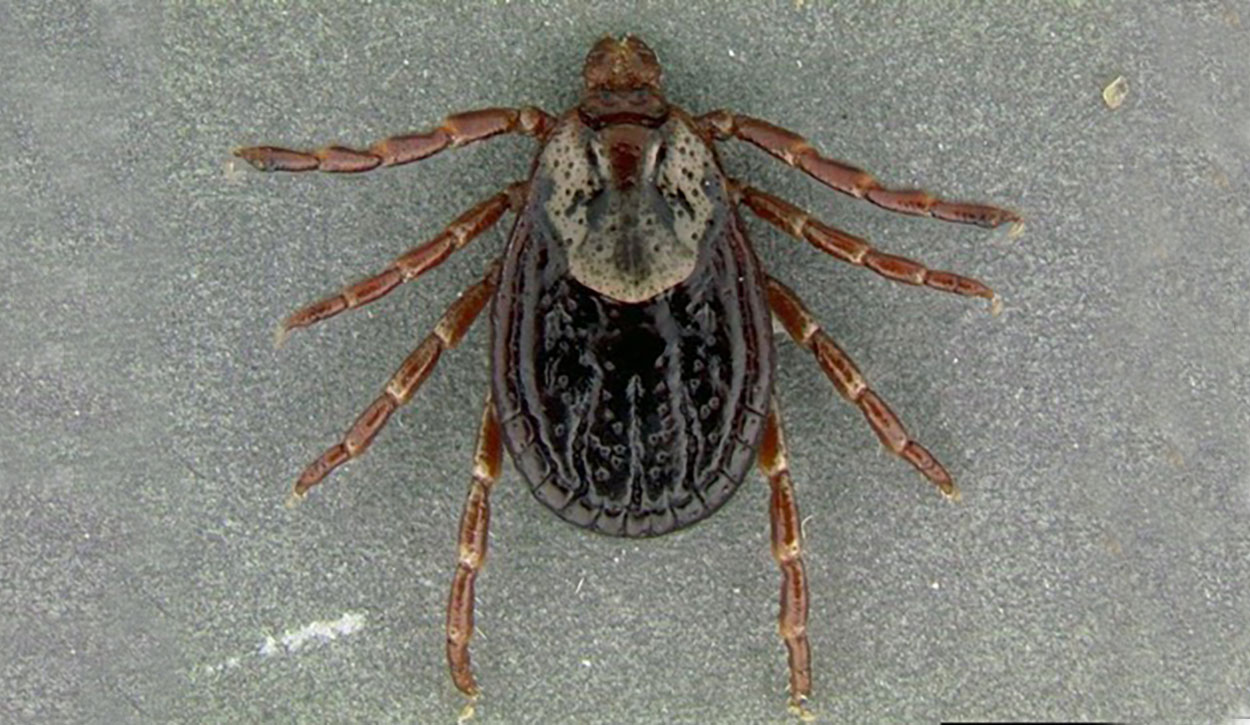
An identification guide for Arthropods of Human Health Concern in South Dakota
Pictorial guide for arthropods of human health concern in South Dakota

Oat Variety Trial Results
In 2023, oat variety trials were planted at 7 locations and a regional summary in South Dakota.
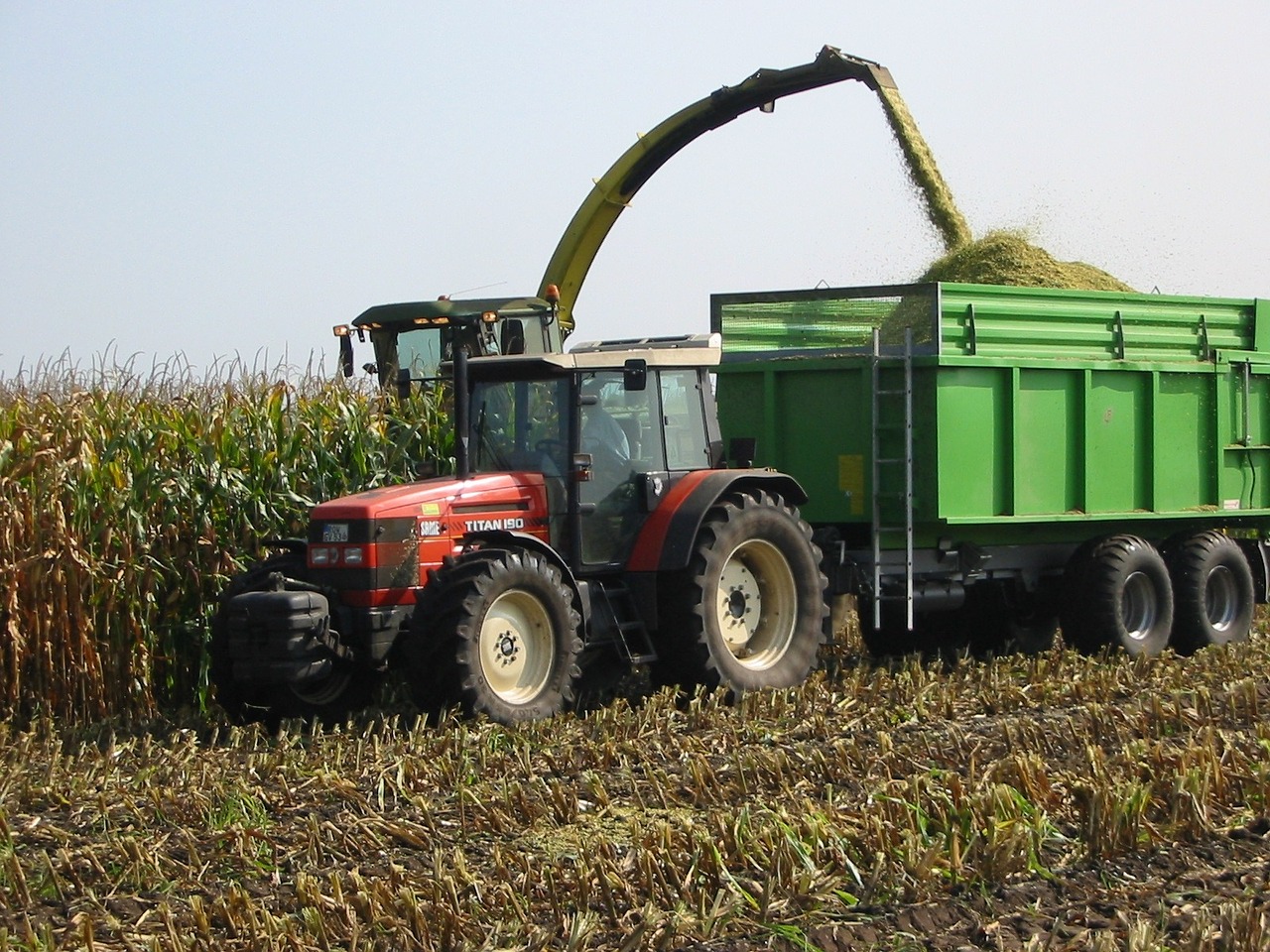
Silage: Minimizing Losses and Maximizing Value
Optimizing silage value starts by harvesting at the right moisture content.

Tree Pest Alert
From seasonal issues and timely recommendations to disease diagnosis and expert advice, the Tree Pest Alert is a trusted resource for selecting, planting and caring for trees and shrubs all year round.
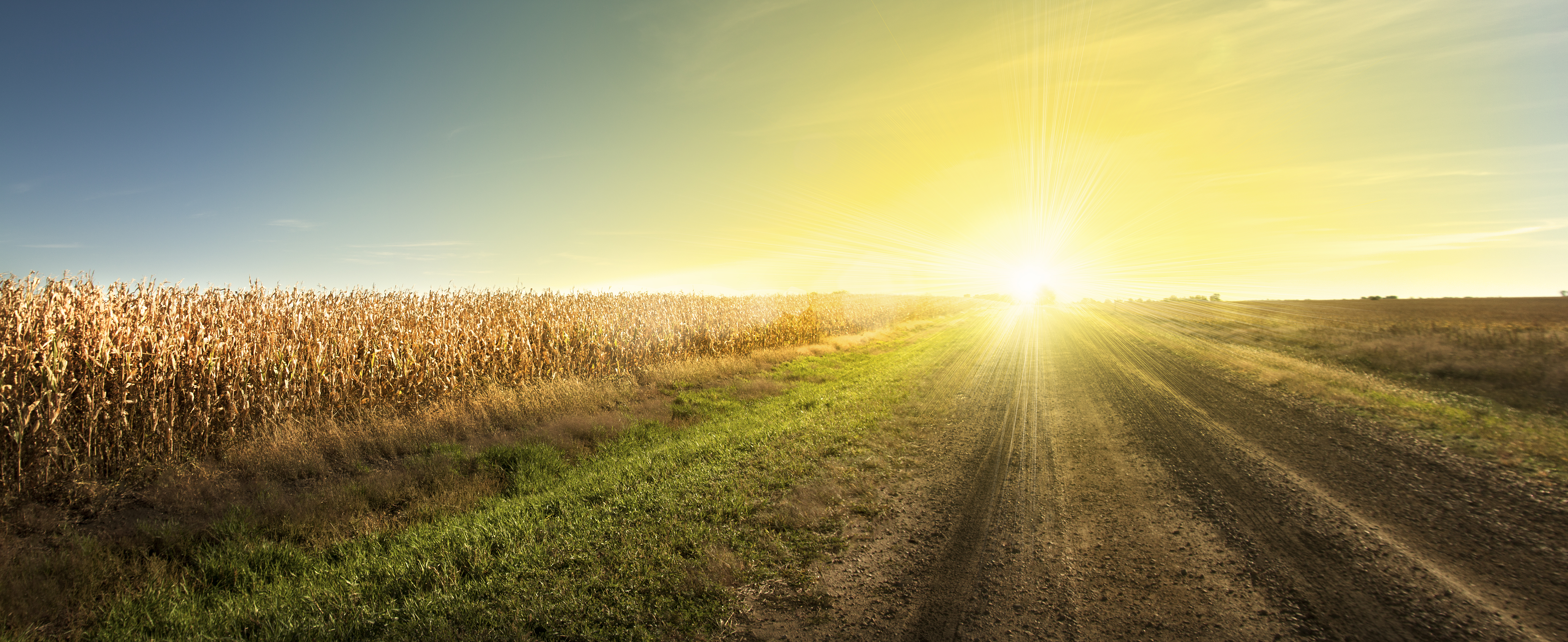
South Dakota Pest Management Guides
The South Dakota Pest Management guides are now available for free. The guides offer recommendations for controlling weeds, insects, and diseases in a variety of South Dakota crops.
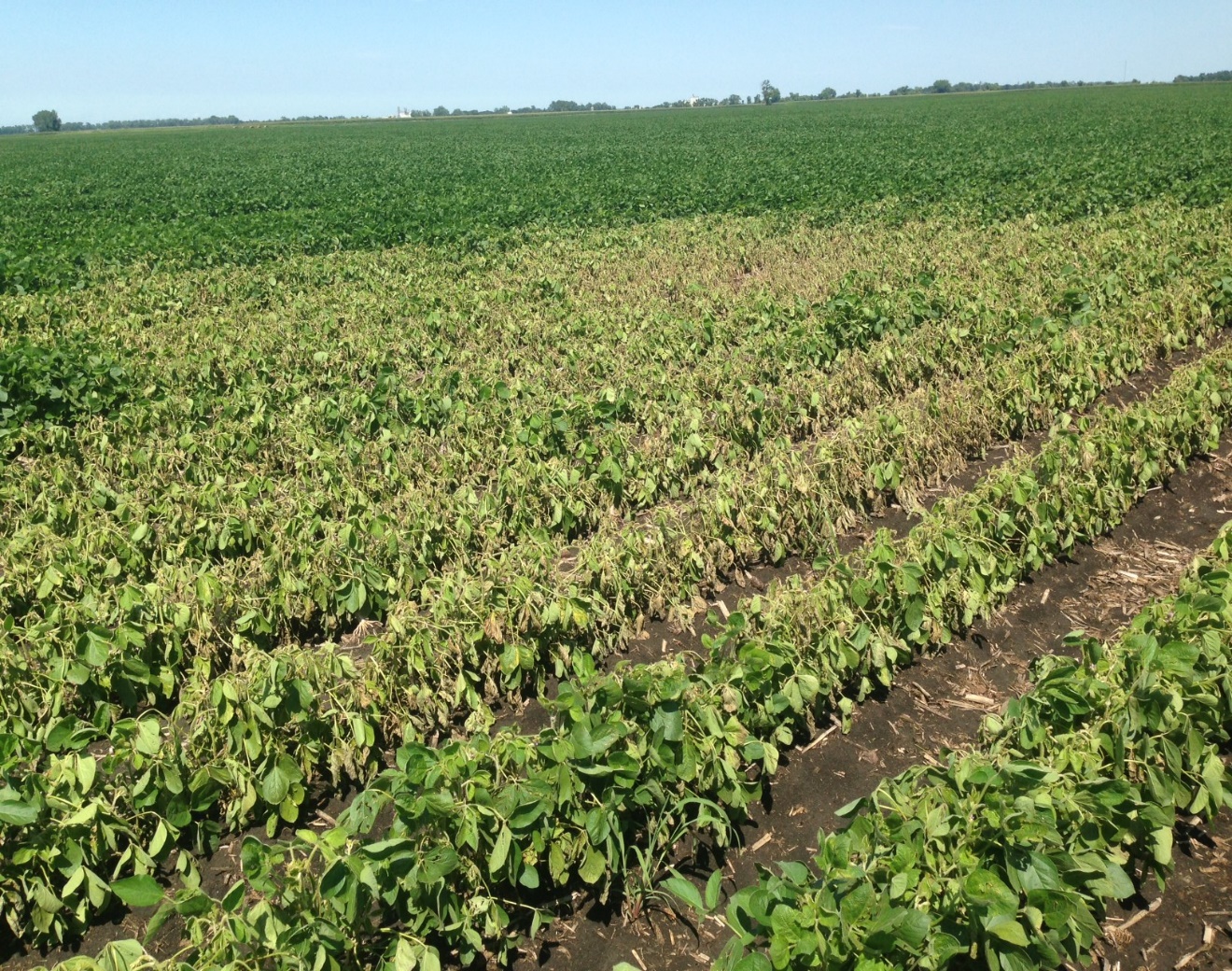
Replanting Considerations
Every season weather events such as hail or flooding can damage or destroy previously planted crops in all or in portions of fields. In May or even early June, many producers will replant these areas. As the end of June approaches, the window for replanting narrows and producers may want to do a more careful evaluation of whether or not to replant.

Wet Feet in Wheat
Given the widespread wet conditions present this spring, there are many areas in winter wheat fields with both ponding and saturated (or waterlogged) soils. Producers may want to consider soil conditions and evaluate extended weather forecasts when deciding whether or not to retain a winter wheat this spring.